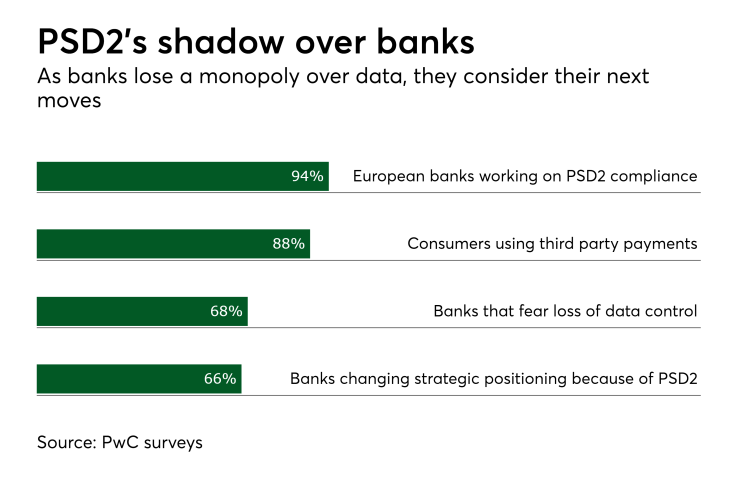Driven by PSD2, open banking is bringing huge opportunities to banks because the importance of national borders in the provision of financial services is diminishing.
This opens up the market and benefits consumers, and enables banks to target whole new countries of potential customers. However, these opportunities come hand in hand with two significant challenges.
First, banks must ensure that their payments infrastructure is compliant not only with EU and their own national regulations, but the domestic regulations of any other international markets they intend to enter, as well as the complex and constantly evolving requirements of the card schemes.

Card scheme compliance alone is a great responsibility, demanding increasingly more resources as the service portfolio diversifies and becomes more complex, predominantly driven by mobile payment enablement. This is an enormous undertaking — and one difficult to justify when there are dedicated providers of back-end systems offering full compliance for less than it would cost a bank to create and maintain it on its own.
Second, scalability is key. In the increasingly globalized world of financial services, exciting new products must be made available to all customers at the same time, without any of the downtime associated with launching new products and systems. Stability and security are fundamental to banks; innovation alone means nothing.
It’s clear that, in an era where banking and financial services are evolving faster than ever before, banks need to put their money where it counts. A flexible and reliable card infrastructure will be crucial to a successful transition as more and more financial services move to being predominantly mobile — and in the future, maybe even mobile-only.
Although most consumer-facing financial institutions now offer mobile applications, that doesn’t mean they are ready for a world where smartphones are the primary point of contact with their customers. This is a new reality, and as the industry changes issuers must evolve too.
Those that survive and thrive will be the banks that focus on their delivered customer journey and value-adding core business areas — and it’s time to ask if this really includes developing and maintaining back-end systems.





